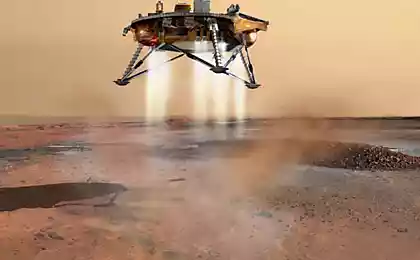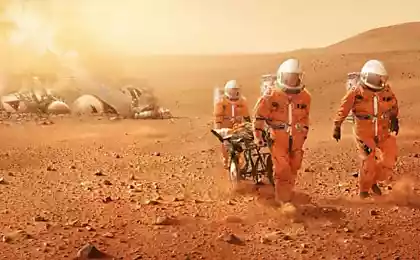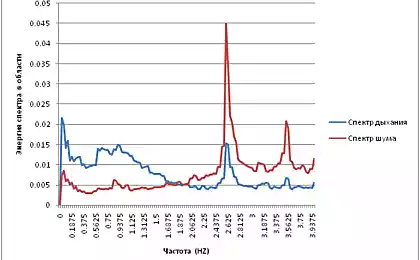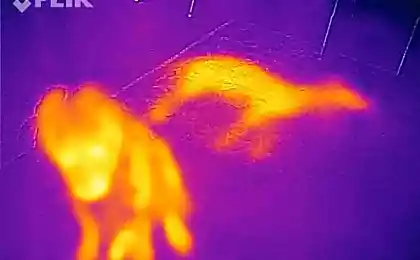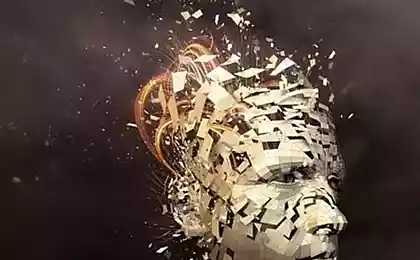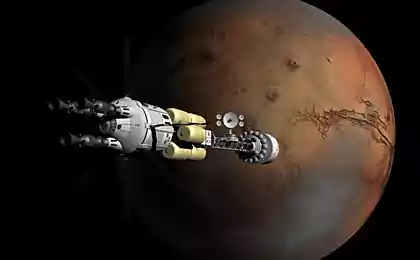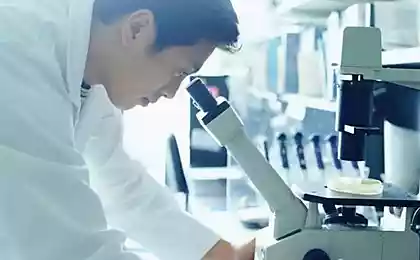560
How the brain remembers panoramic views

If you try to remember a house or apartment where they spent their childhood, it's easy to remember not only the house in which you lived, but also neighboring houses, Playground, buildings on the other side of the street. Neuroscientists from the Massachusetts technological University have found a region in the brain that are involved the formation of such memories.
These parts of the brain help us to make a complete 360° panorama from the tiniest of memories of a particular place.
"Most of our notions of what surrounds us is formed in our memory from what we saw," says Carolyn Robertson, PhD in the laboratory of brain research McGovern Massachusetts Institute of technology, Junior research fellow at the Harvard society of fellows. "We were looking for the centers in the brain, which integrates memories in General, panoramic picture." Carolyn Robertson is the main author of the article, which was published September 8 in the journal Current Biology.Continuation under the cut...
Scientists from MIT have suggested that the 360° panorama of familiar locations stored in our memory, "stick together" from separate images entering the brain from the retina. And that this process is a shared responsibility three areas of the brain: occipital areas (OPA), parahippocampal areas (PPA) and retrosplenial plot limbic cortex (RSC). To test this hypothesis, the researchers put a group of volunteers two series of experiments, with the help of virtual reality helmet by measuring the activity of different parts of their brain.
In the first series of experiments one half of the people showed on one 100-degree piece of the 360-degree panorama of one of the streets of Boston, and the second half — two more narrow piece of the same panoramas that are not adjacent to each other. After this they were shown the 40 pairs of images and asked whether they are taken from the same section of the street. Those of subjects who saw a large single piece panorama, coped much better.
In the second series of experiments, people were asked to determine whether there was a specific section of street right or left of them (virtually, of course) when they saw him. Thus in half of the cases before it showed the image of another segment of the same street, and in the other half — the other kind of the street. In the first case, people often answered correctly.
Thus, a 360-degree panorama of the environment, really are the brain of the individual images, and such different pieces of the same panorama in memory are inextricably linked with each other. Moreover, as the analysis of the activity of the different parts of the brain are activated when such an interlinked remembering OPA and PSC, but not PPA.
"After you saw a series of plots of the panoramic view, you explicitly bind them in the memory with a familiar place," concluded Robertson. — It also causes the overlapping visual representations in certain parts of the brain, implicitly defining your future perceptual experience."
The last phrase will become clearer if you know that when we are in a familiar place, our brain is largely "draws" surrounded by memory, while in fact we see only a narrow segment of the environment — like in the first series of experiments, the scientists from MIT.
Source: news.mit.edu
Source: geektimes.ru/company/scione/blog/280402/



